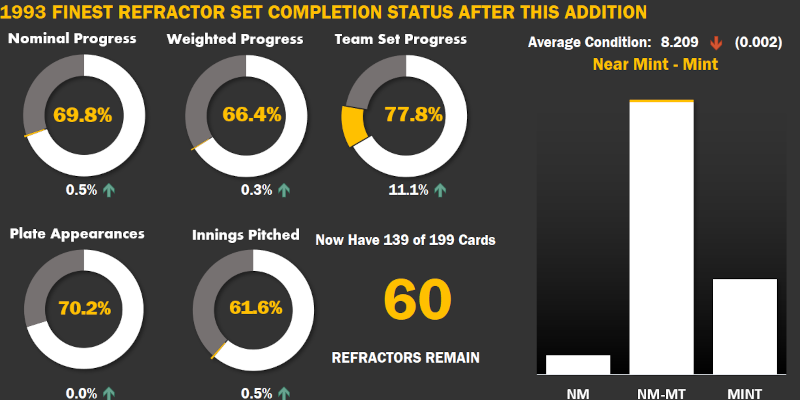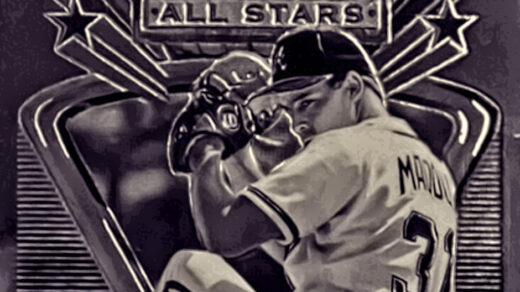Closing pitchers are brought in to wrap up a game and keep opponents from scoring. Their pitching often determines the final score, ultimately the part of a game that matters most to their teams’ fans. Late inning heroics and clutch performances happen with great frequency for relievers who are expected to appear in many more games than members of the starting rotation.
The Orioles picked up a highly-touted prospect from Auburn as the fourth overall pick of the 1988 draft. He was immediately thrown into the mix, becoming the first reliever to win Rookie of the Year while racking up 27 saves with a 1.69 ERA. He continued high quality pitching until a torn elbow ligament ended his 1993 season and prompted the Orioles to dump him. After this point Olson’s career was headed in the wrong direction and his numbers were never really the same. However, a good closer always knows how to finish strong and he bookended his career with a 30-save performance with the Arizona Diamondbacks in 1998.
This wouldn’t be the only time he ended something in an exciting fashion. Other notable instances include:
- Gregg’s final high school performance was throwing a complete game no-hitter in the state championship.
- He recorded the final outs as the closer of a 1991 Orioles no-hitter. Olson was the fourth Baltimore pitcher appearing in the game.
- Playing primarily in the American League, Olson only recorded one MLB hit as a batter. His final career at-bat resulted in him depositing a home run into the bleachers that scored two runs.
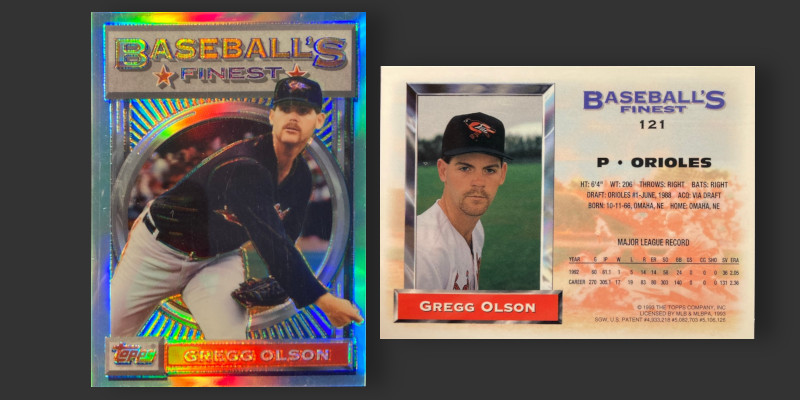
After his playing career ended Olson became a scout for the San Diego Padres. He recently returned to Auburn to pursue studies in psychology and works with the school’s baseball players. If he stays true to form, he’ll likely end up closing out his time at Auburn by making an impact on a future MLB star.
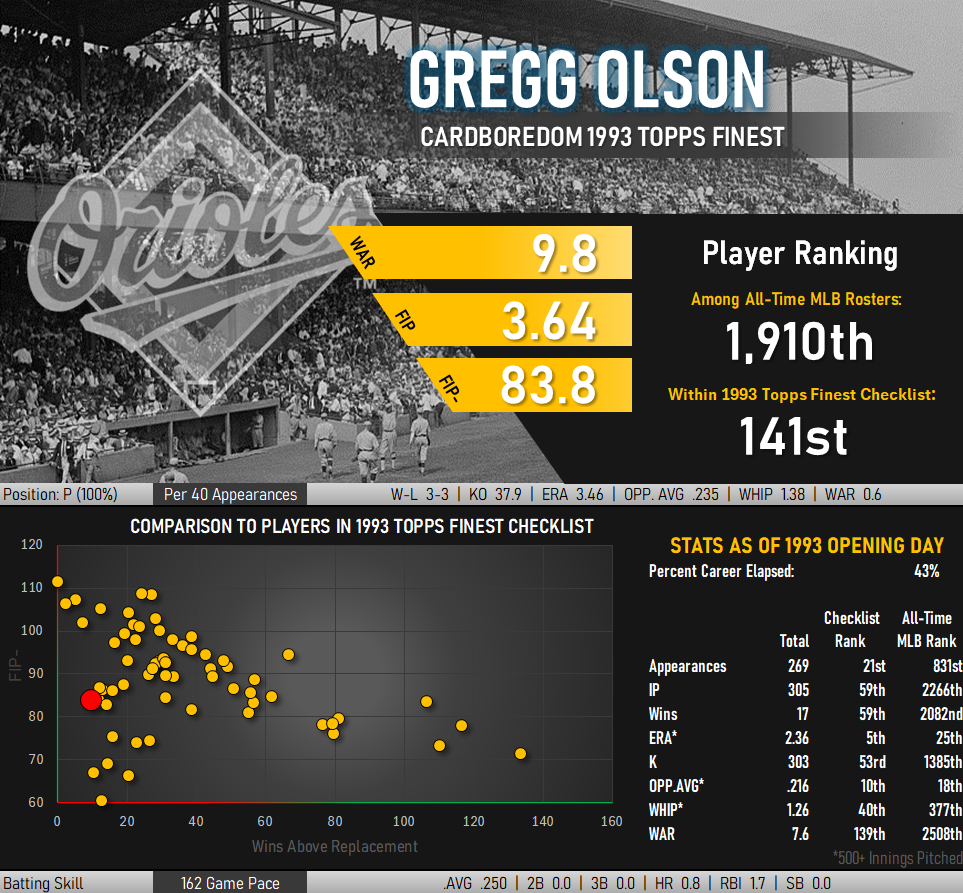
Olson’s Exit: 2000 Fleer Tradition
Olson’s last appearance in a regular issue set also left a mark. In 2000 Fleer released a throwback set in which the company banked on collector nostalgia for…Topps products? Fleer designed the 450 card Tradition set to look very similar to 1954 Topps, changing a few minor design elements but leaving the visual impact of the card front unmistakable. While Fleer didn’t have many future “traditions” to misappropriate in the future, Topps got the marketing memo and began work on its Heritage line of cards. From that point forward collectors could have major manufacturers place modern players on classic designs from the past.
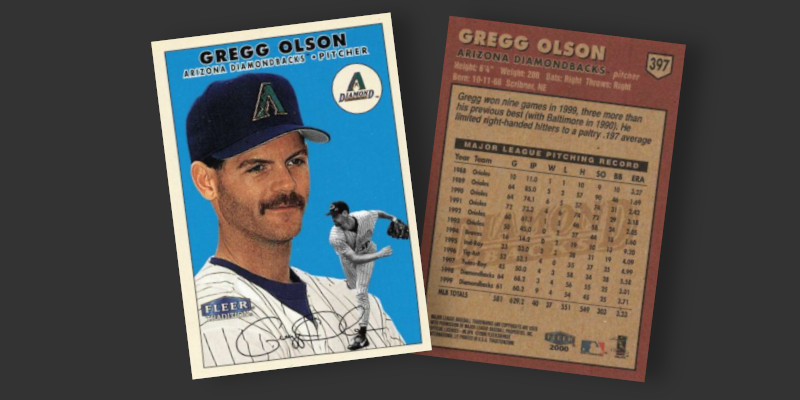
There also exists a special glossy versions of Olson’s Fleer Tradition card. 9,999 glossy edition cards were sold as factory sets. The 10,000th set was set aside and stamped with a one-off logo indicating it was to be broken up and given away one card at a time at an industry trade conference at the end of the year.
